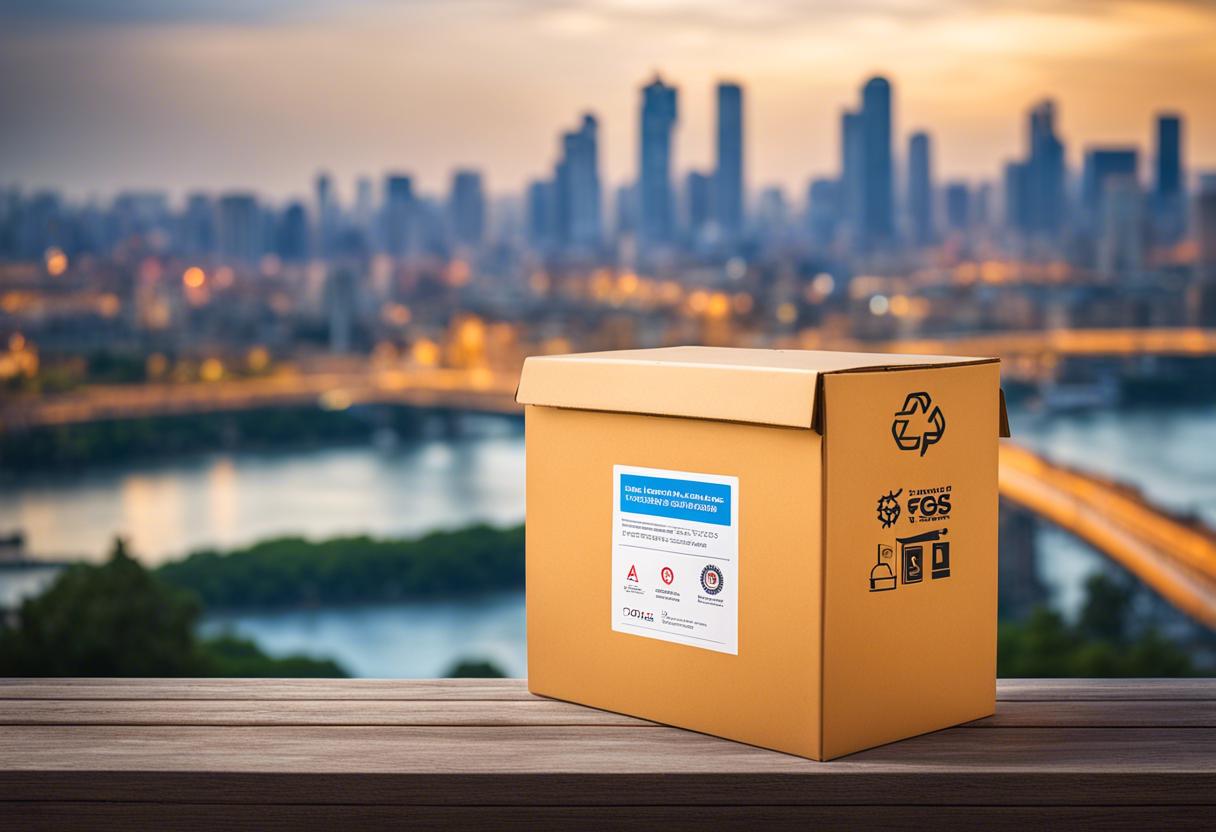Aid organisations anticipate re-starting sea-bound aid deliveries to Gaza in the near future, following the temporary reattachment of a US-funded pier to the Gaza coast this Wednesday. Nonetheless, there are persistent unverified reports that the United States’ Defence Department intends to cease operations at this $230 million (€215 million) constructed platform in the upcoming weeks. The pier recently sustained damage due to bad weather conditions and it has been reported that armed gunmen have intercepted a significant amount of the incoming aid before it can be distributed.
The pier’s problems serve as a recent example of the difficulties faced in providing essential goods like food, water, medical supplies and fuel to this troubled coastal area, particularly in the context of a nine-month long conflict.
Reliance on parachute aid deliveries by various countries has proven to be insufficiently effective. Approximately 24 locals are thought to have died either due to malfunctions with the parachutes, drowning while attempting to retrieve aid packages at sea, or being killed in the subsequent rush for the aid.
The most effective method of distributing aid is by land, but the shutting of the Rafah crossing by Egypt, coupled with Israel seizing control of the Palestinian side of the terminal recently, means that Kerem Shalom is currently the only main route for aid to enter southern Gaza.
International aid bodies are sounding the alarm on a serious humanitarian crisis, appealing to Israel to allow more aid to reach Gaza. The World Health Organisation’s Director General, Tedros Adhanom Ghebreyesus, voiced concerns last week that a significant portion of Gaza’s populace is on the brink of disastrous hunger and facing circumstances synonymous with famine.
Aid organisations maintain that the number of trucks bringing aid into Gaza is still far less than what is needed. The UN’s Office for the Co-ordination of Humanitarian Affairs states that the daily average quantity of trucks carrying humanitarian aid into Gaza, not counting fuel, numbered 97 in May – a decline from the 169 in April and 139 in March. Before the war started on October 7th, approximately 500 trucks used to enter Gaza daily, carrying consumer items and raw materials in addition to humanitarian aid.
Nevertheless, Israel fiercely denies deliberately holding back aid and calls on the UN and other aid organisations to enhance their distribution abilities. Israel alleges that much of the aid arriving in Gaza is seized by Hamas gunmen and criminal groups, later sold in local markets.
Netanyahu retaliates against an Israeli military spokesperson who asserted that Hamas’ eradication is impossible. In addition, Israeli authorities refute the allegations of an impending famine in Gaza, citing the June 4th findings by the Integrated Food Security Phase Classification (IPC). The IPC, a collaborative endeavour aiming to enhance the understanding of food security issues, could not affirm the supposed “famine” situation in Gaza. However, the IPC acknowledged that regardless of the famine categorisation validity, the Gaza Strip is undeniably witnessing extreme human hardship at present.

